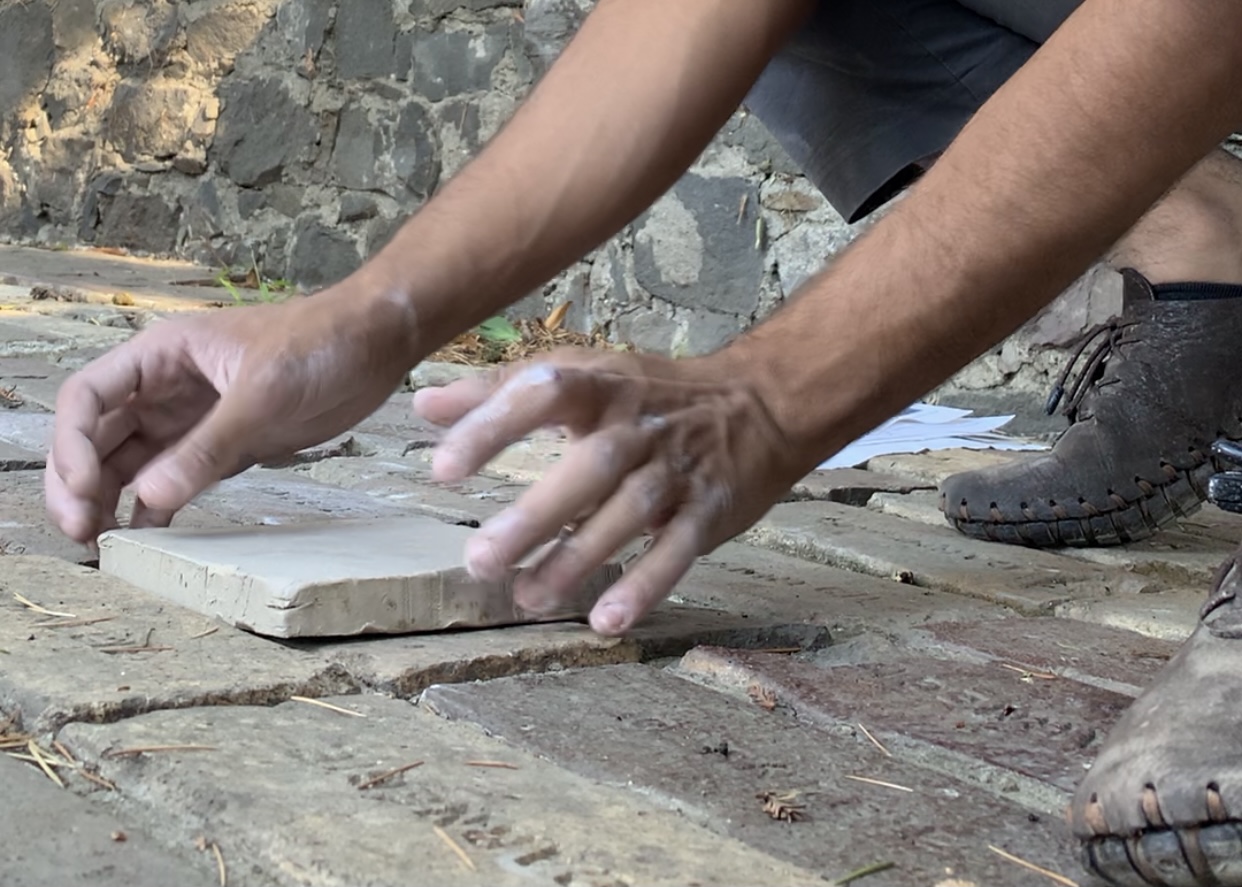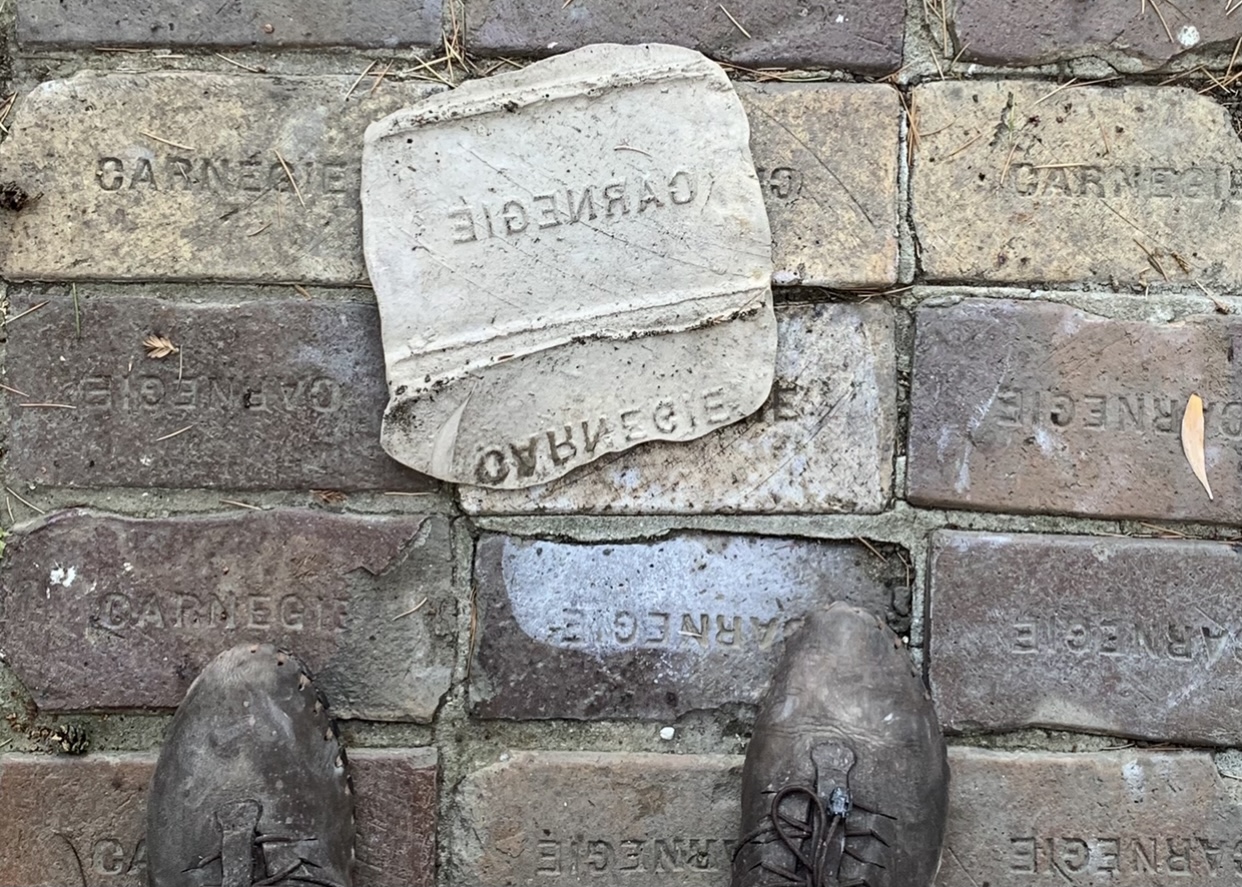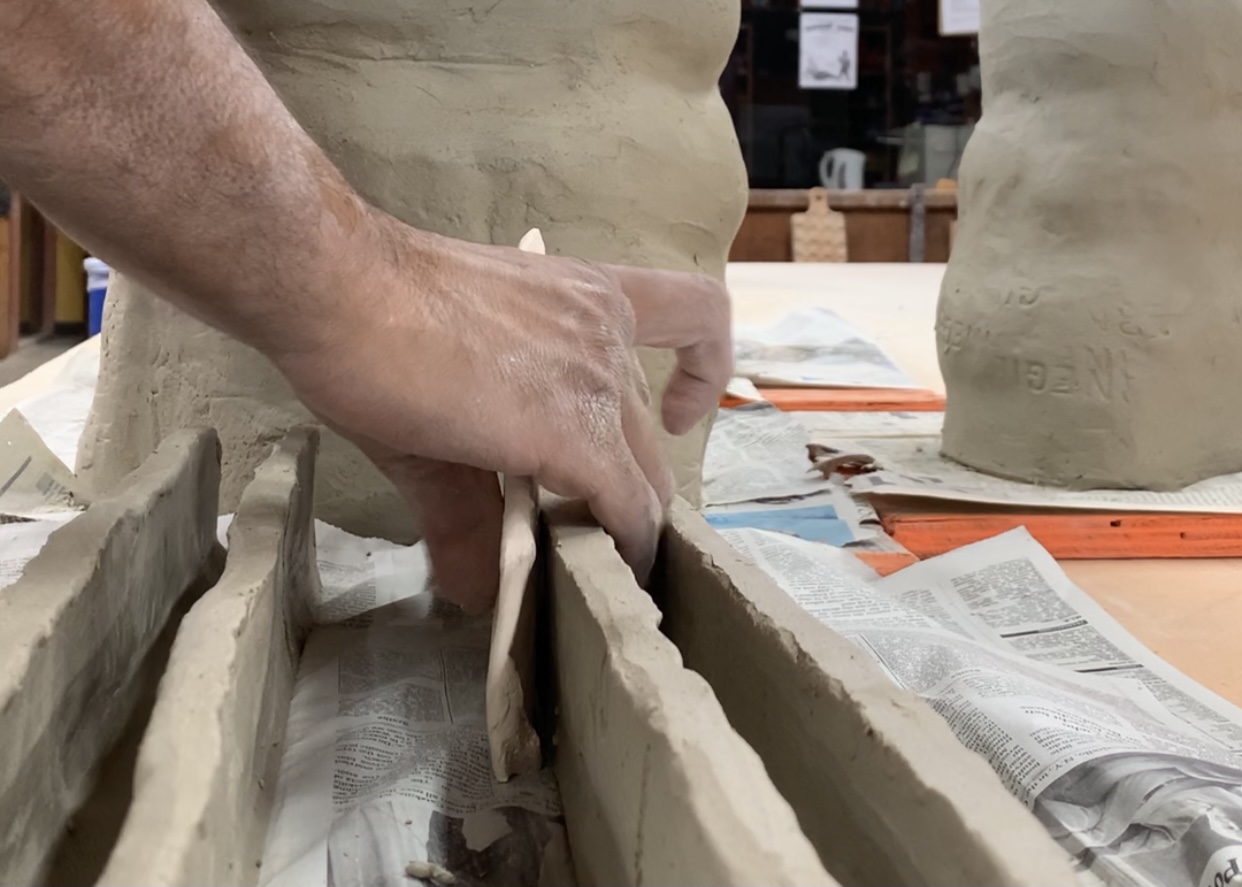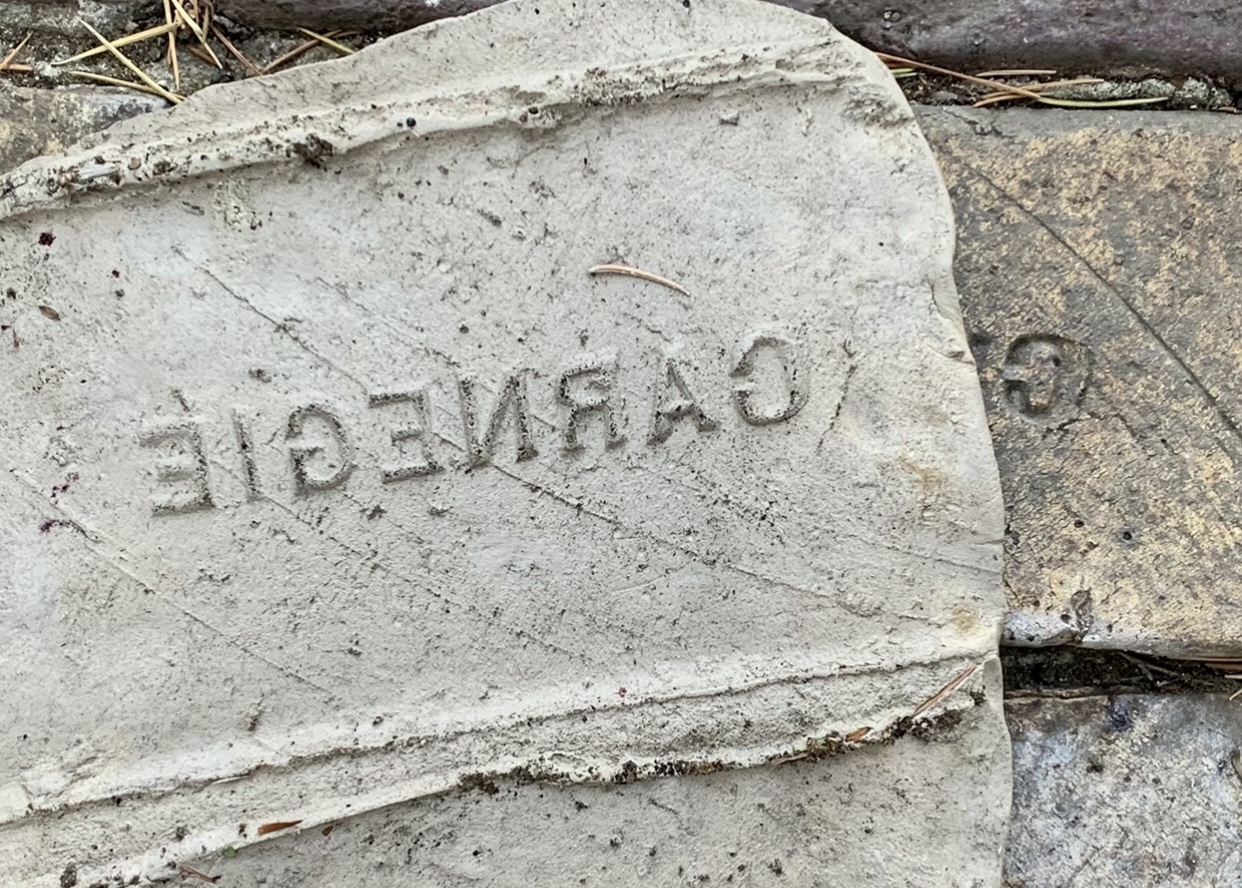Oakland Campus Legacy
Term: Fall 2021
Studio: Push/Pull
Critic: Kari Marboe | California College of the Arts
It was discovered that the San Francisco & San Joaquin Coal Company's Tesla coal mines in Corral Hollow contained a rich deposit of clay. Fueled by California's rapid population growth and the subsequent demand for building materials, mine owners James and John Treadwell of the Treadwell gold mine formed the Carnegie Brick and Pottery Company in 1902. The Treadwells named the company after philanthropist Andrew Carnegie. The pottery plant burned in 1905. In 1911, a flood destroyed bridges, roads, and buildings that the company could not afford to rebuild. In 1916, the company was sold to Gladding, McBean of Lincoln, California. Many of the Carnegie bricks were used to improve the landscaping of the estate when it was owned by the Treadwell family and still edge paths on campus as of 2019. The bricks were counted by work-study on 11/1/19. There are roughly 950–1200 unbroken bricks counted, but there are likely more that were not counted. The work constitutes a vision that embodies the passage of time and generations through the construction of blobby models, which express the fluidity and diversity of arts on Campus.


Press molds of the Carnegie Bricks from different locations around the campus



Press molds after firing them
Press molds applied to the blobby sculptors
California College of the Arts - Oakland Campus